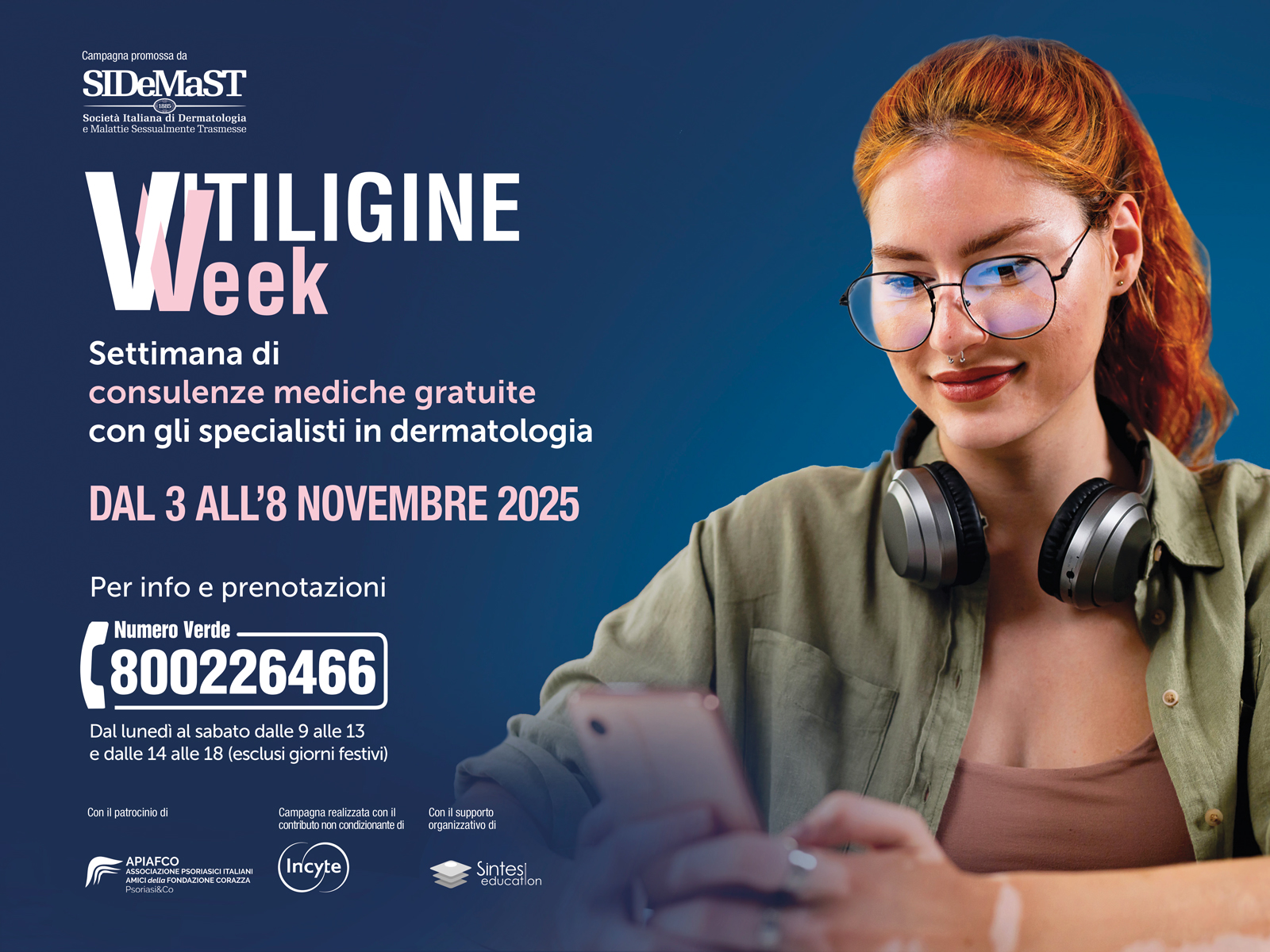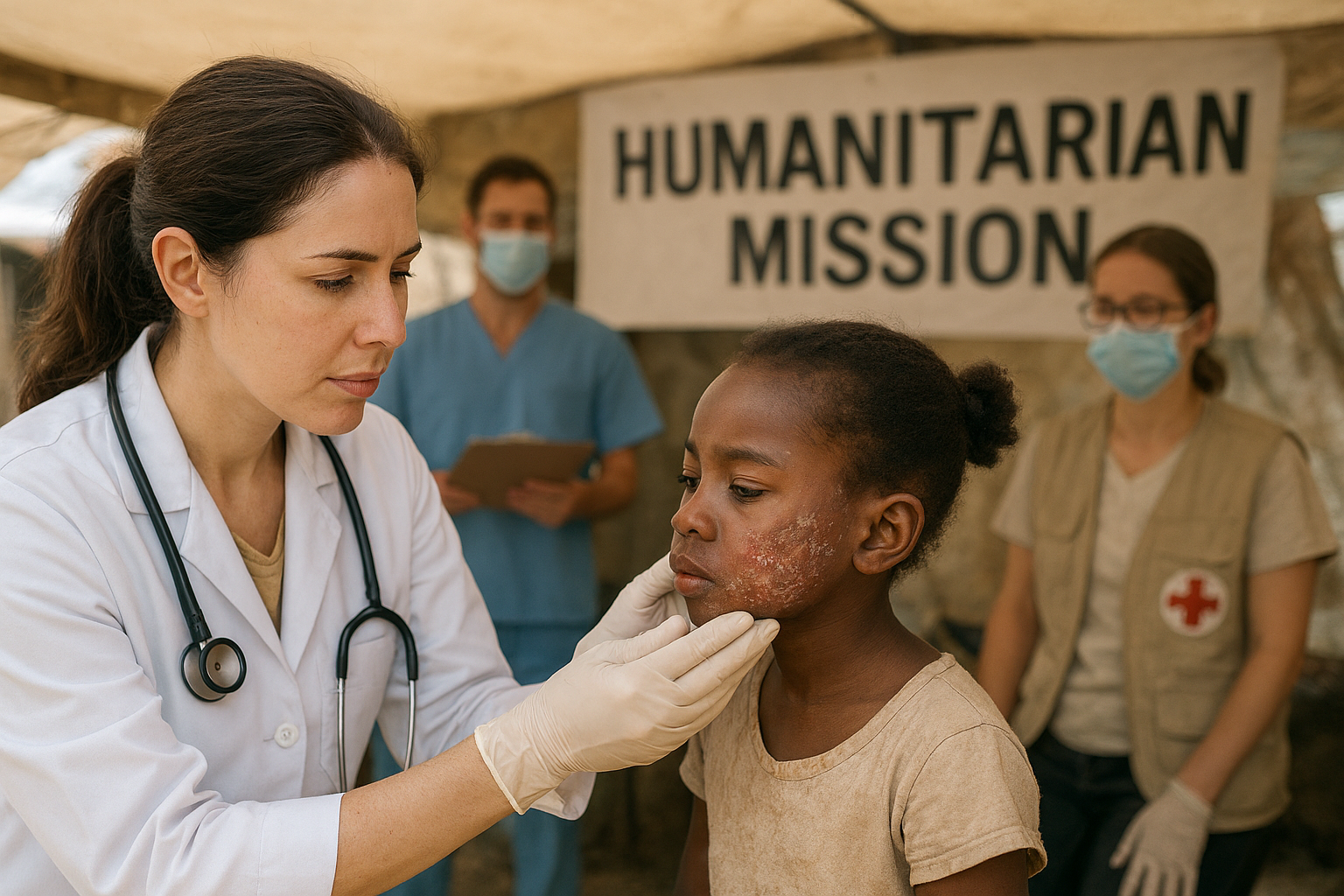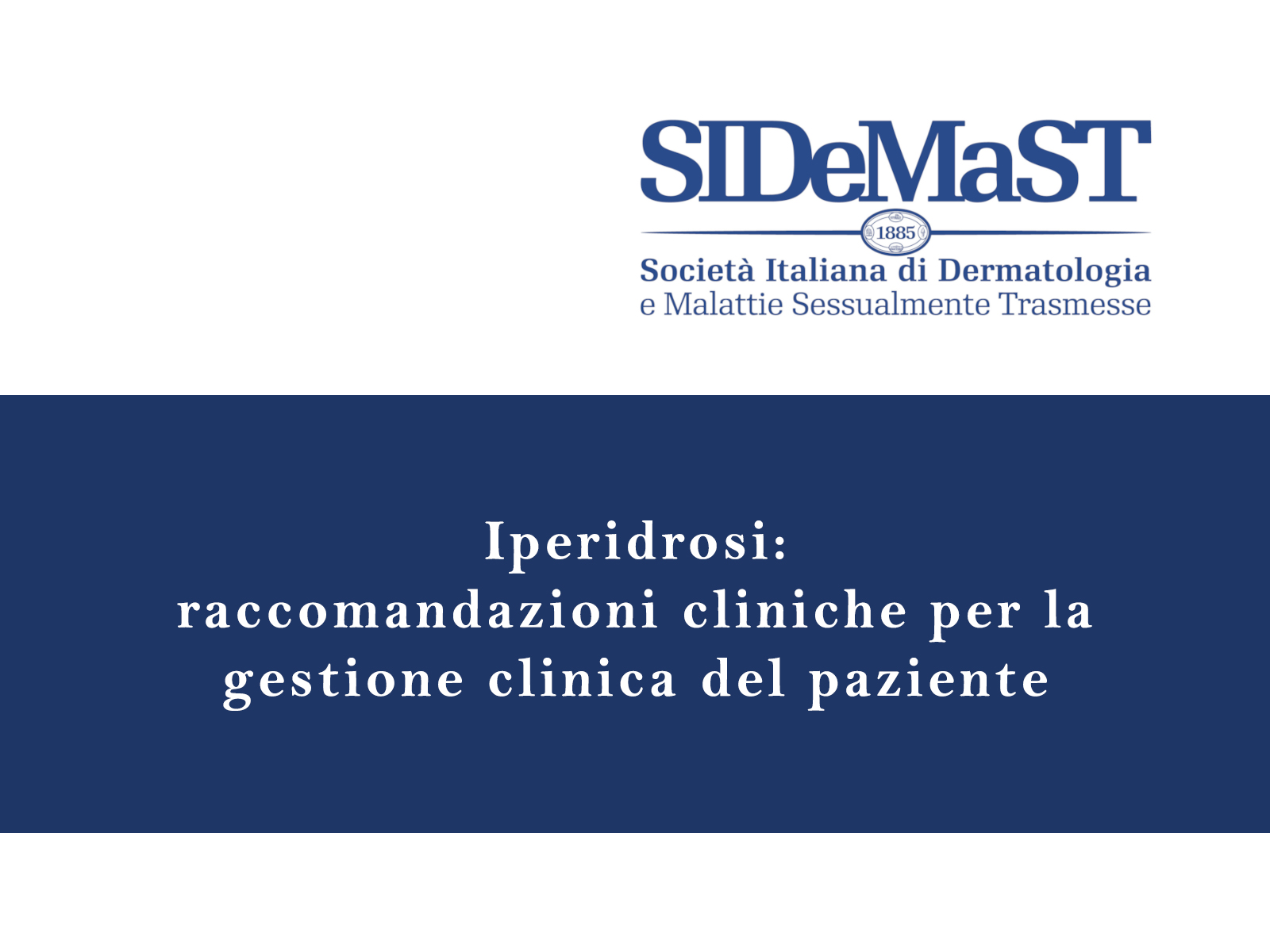A treatment that replaces natural-biome bacteria with ammonia-oxidising bacteria appears to improve the cosmetic appearance and texture of keratosis pilaris, according to results of a small phase 2 study reported at the 2017 Annual Meeting of the American Academy of Dermatology (AAD).
Patients in the study were asked to spray the arm on one side of their body with the novel agent twice a day.
After 4 weeks, a 2-point favourable change in the Investigator Global Assessment of complete clearance of keratosis pilaris was observed in 9 of 24 arms (38%) treated with the bacterial spray and in 3 of 24 arms (13%) treated with a placebo spray, a statistically significant outcome (P = .03), explained lead author Nicole Lee, MD, Skin Care Physicians, Chestnut Hill, Massachusetts, speaking at a late-breaker oral presentation here on March 7.
Dr. Lee and colleagues preformed polymerase chain reaction testing and determined the presence of the ammonia-oxidising bacteria on subjects' treated skin after using the product. They also found some degree of the bacteria on the untreated arms, possibly due to cross-contamination. Dr. Lee suggested that this finding on the untreated arm may explain finding improvements on the placebo side.
Overall, 18 of 24 patients reported improvements on the Investigator Global Assessment, and a greater improvement than placebo was observed in 11 of 24 arms treated (46%).
When compared with baseline, all subjects reported an improvement in their condition at 2 weeks and at 4 weeks on the arms sprayed with the new agent.
The spray was well-tolerated. "More than 90% of the patients reported satisfaction with the treatment," the researchers reported.
Due to improvements in bathing facilities and the proliferation of skin-care products, populations in the Western world have lost some natural skin pathogens, such as ammonia-oxidising bacteria. The "hygiene hypothesis" suggests that the decrease in exposure to these pathogens contributes to immune-system dysregulation and has led to altered inflammatory states, which may cause keratosis pilaris.
Funding for this study was provided by by AOBiome LLC, Cambridge, Massachusetts.
[Presentation title: Improving the Appearance of Keratosis Pilaris with Ammonia Oxidizing Bacteria. Abstract 5143]










